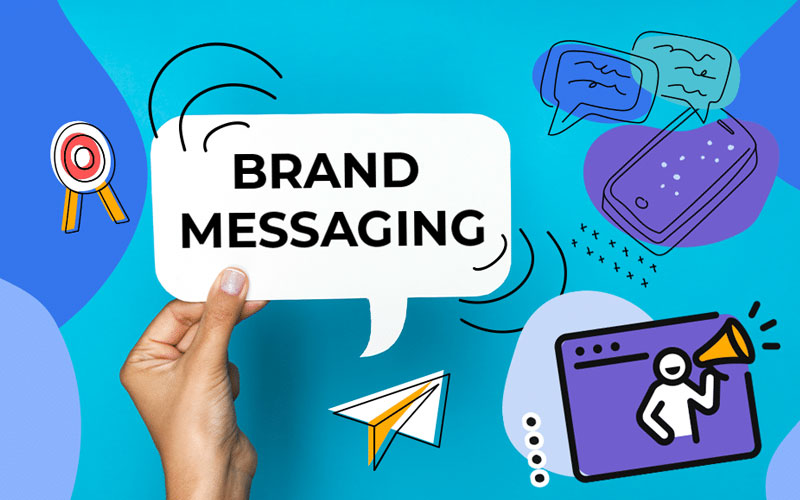In the planning stages of every business, there will be a section that should focus on your growth. Most small businesses will reach a point where they become primed and ready for that expansion. And when that point arises you will be better equipped with the skills and knowledge that you need.
As your business changes so will your clients. The chances are you will be pitching for bigger projects that will need more people to manage them.
But how do you manage these changes, and how do you know your business is ready for those bigger things?
Well, the fact is that you might not know when the right time is, and it might not be obvious for a while. However, if you start to notice that you are considering hiring new people, or that the business profits are accelerating they can be two noticeable indicators.
If you are choosing to push forward with growth rather than wait for organic growth, then you should be aware that it isn’t always a matter of money to make these changes, sometimes it is a matter of time and effort instead.
Competition
Unless you have created a new market or completely new product all industries will have some kind of competition. As you grow, your competitors will change too. They will likely be more fierce with their marketing tactics, they will put more money into their campaigns, and they will likely be much bigger companies too.
You can spend some time researching more about them. Similar Web can offer you a range of statistics about your competitors that you can use to make decisions.
People
One of the biggest decisions you will need to make is how and when you hire people. You need to make sure they are not only the right people for the job, but they fit with the culture that you have created in your business.
Not all businesses are office-based, and in fact, whole teams can be managed and arranged remotely now.
But if you do intend to have people in your office, then you are going to need to look at how to make that work. You’ll need desk space, phone lines and the best fibre optic broadband to accommodate the amount of internet you’re going to be using.
Email List
While much of the communication you have with your customers will be online, your email list is the most direct option (aside from calling or face-to-face).
You will need to look at your past progress and the strategy that you used. Look at what got a response and what didn’t. Use that as a template for your future campaigns. The lead magnets that you used will need to be strengthened up and tested more often.
Many small businesses use a gentle approach and offer a subscribe email option on the website. But to really push this you’re going to need to consider having a pop-up for when visitors are displaying leave behaviour on your site.
And if your newsletters have been random, rather than a full campaign, then you need to try a better approach. Deliver valuable content to your email list, tailored to their sign-up point, and their past purchases. Combine a sales funnel with your email collection to maximize your opportunities here.
Growth can be what takes a single freelancer to a small business, and small business to a bigger business and so on. It comes with new challenges, personal growth and occasionally a steep learning curve too.
Keep delivering value, improve the user experience continuously, and growth will happen.









